
If there’s one car that’s captured imaginations, turned heads, and defined American performance since 1953, it’s the Chevrolet Corvette. Whether you dreamed of a shark-nosed C3 on your bedroom poster or remember when the Stingray first hit the streets, the Corvette has always been the car that made people say, "Someday."
Across every generation, the Corvette has evolved, sometimes radically, yet it has never lost its spirit. Some rewrote the rules. Some broke barriers. And some simply reminded the world that performance and style didn’t have to come from overseas.
So fire up that small-block (or big-block, or LT4…), queue up your classic rock playlist, and get ready to celebrate the best of the best. These are the most iconic Corvettes ever built (according to us, based on enthusiast opinion and historical impact), a tribute to seven decades of horsepower and classic American performance spirit.
1953 Corvette C1: The One That Started It All
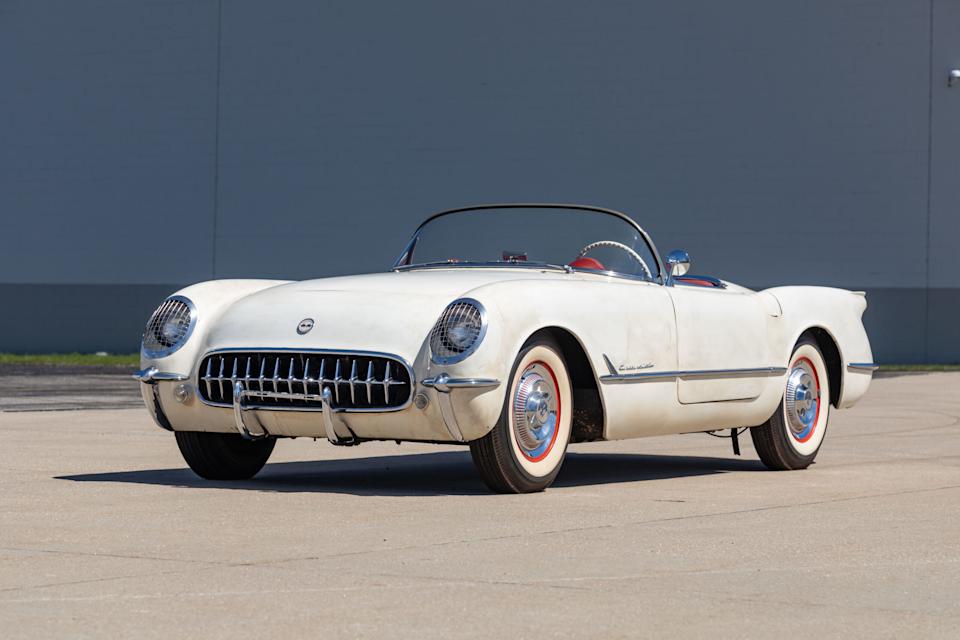
The 1953 Corvette was only available in Polo White with a red interior, but that made every single one instantly recognizable. The other thing that all '53 Corvettes had in common? An engine that barely mustered 150 horsepower. But hey, this model wasn't really about its hp but its innovative fiberglass body.
Chevy launched the fiberglass-body revolution with this model, giving birth to America’s first true sports car. Only 300 were hand-built in its debut year, making it extremely rare and highly collectible. While early versions favored style over speed, this car lit the fuse on a 70-year American love affair—and laid the foundation for every Corvette that followed.
1957 Corvette Fuelie: The Tech Trailblazer
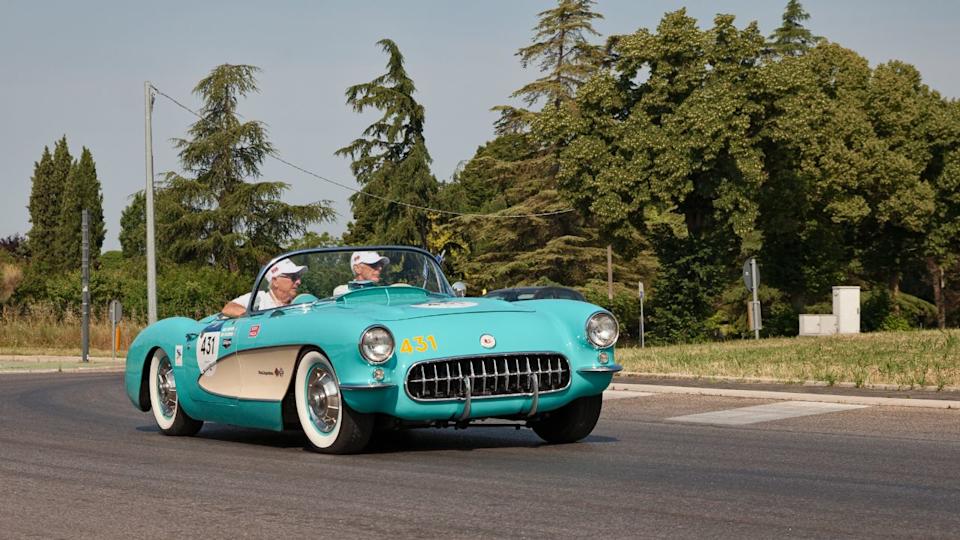
In 1957, while most American cars were still happily slurping gas through carburetors, the Corvette took a giant leap forward. This was the year an American production car got fuel injection. Suddenly, it wasn’t just a pretty face; it was a serious contender, designed to rival Europe’s finest sports cars.
Chevrolet offered two versions of its Ramjet fuel injection system in 1957, with the top-tier 283 cubic inch V8 producing 283 horsepower. This was a magical number, signifying the first time a production engine achieved one horsepower per cubic inch — a monumental achievement for its era, proving that American engineering could indeed stand shoulder-to-shoulder with European exotics.
It’s got that "first of its kind" magic, making you feel like you’re driving a piece of history. You can’t help but appreciate how far the Corvette has come from this innovative beginning to the beast it is today.
1962 Corvette C1: The Bridge Between Eras
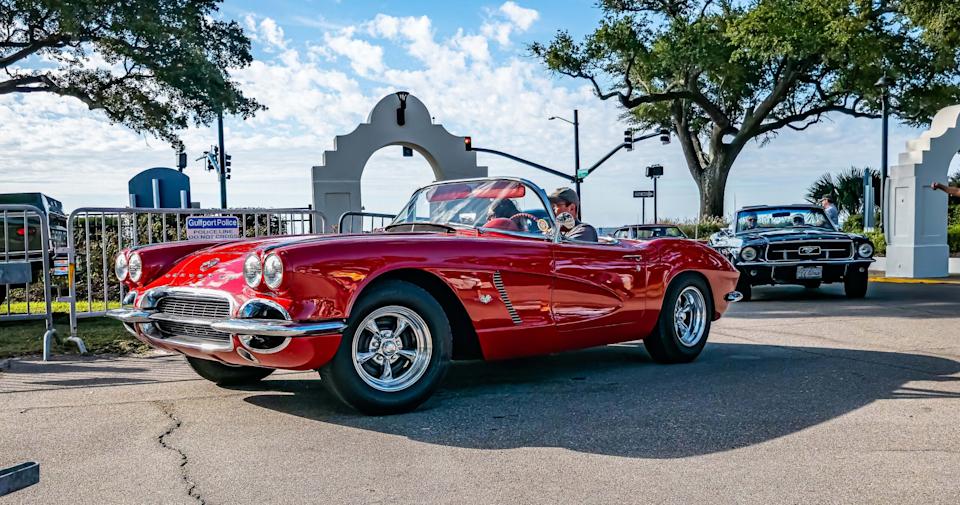
The 1962 Corvette C1 was the automotive equivalent of a perfect transition album, blending old-school cool with new-school swagger. It was the last of the straight-axle Corvettes, bidding farewell to a foundational chassis design. Crucially, it was also the first to ditch the chrome-heavy, two-tone coves, adopting a more monochromatic, sleek appearance that set the stage for the game-changing Sting Ray, which would arrive the very next year.
In 1962, the 327 cubic inch V8 debuted, replacing the 283, and could be had with up to 360 horsepower with fuel injection. This was also the last C1 to offer exposed headlights and a solid rear axle. It has that cool, old-school vibe but with a hint of modern menace.
There's a reason it was featured in Animal House: to show the wildlife of college party culture in the '60s. Driving it feels like stepping into a black-and-white movie, one where you suddenly feel compelled to wear sunglasses, even at night, and maybe light up a cigarette (don't do that — D.A.R.E.).
1963 Corvette Sting Ray Split-Window Coupe: The Mona Lisa of Corvettes
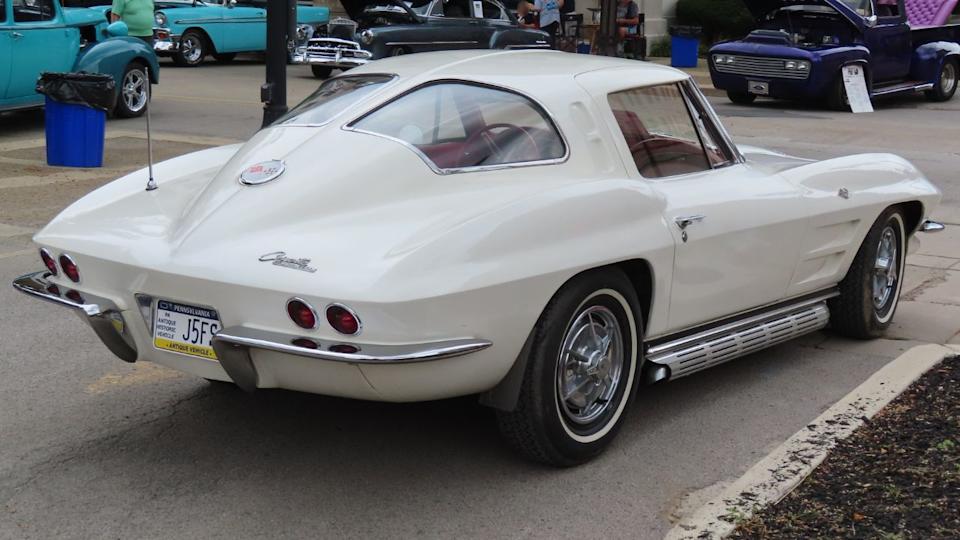
One year. One iconic feature. Never forget. The 1963 Corvette Sting Ray Split-Window Coupe is arguably the most recognizable and coveted Corvette of all time — some models easily sell for over $ 200,000. That dramatic, sharply creased body and, of course, that polarizing yet beautiful split rear window — it was like nothing else on the road.
The split-window design was actually Zora Arkus-Duntov's idea, but the "Father of the Corvette" famously disliked it after its implementation because it hindered rear visibility. He eventually got his way, and the split window was gone for '64, making the '63 a true one-year-only masterpiece.
It’s the car that made people fall head over heels for Corvette design, cementing its place as an automotive icon. You don't just drive this car; you gaze at it in awe. It's the kind of beauty you never really get over, making your heart skip a beat every time you see it, perhaps even more so than your first date.
1965 Corvette Sting Ray (396ci Big Block): When the Muscle Arrived
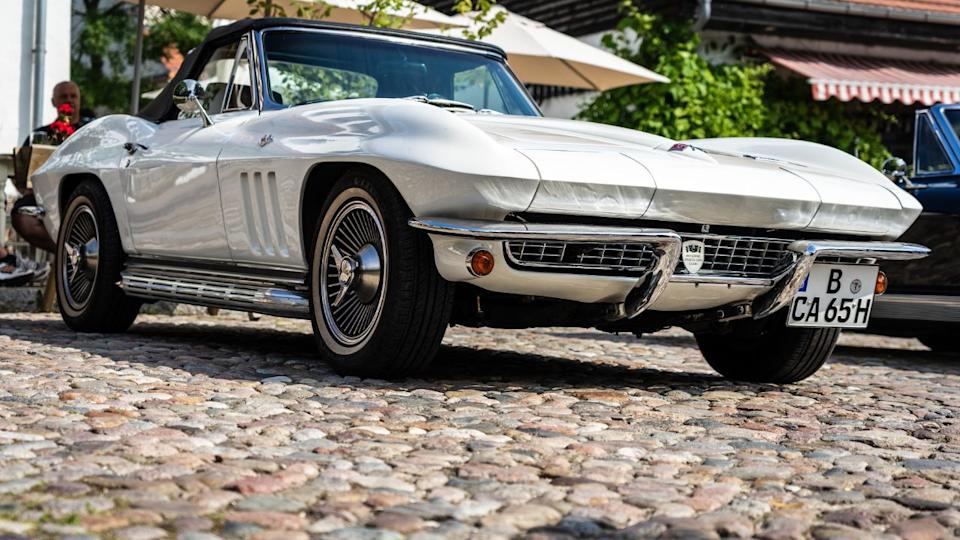
The C2 Sting Ray was already gorgeous, but 1965 is when it truly got its brawn. This was the year the big block finally arrived in a Vette, in the form of the 396 cubic inch engine. Overnight, the Corvette went from merely sporty to absolutely terrifying. With brutal low-end torque and even more aggressive looks, this one made the competition sweat (and probably wet themselves a little).
The 396ci big block was rated at a whopping 425 horsepower, making it the most powerful Corvette to date when it launched. It required a special "stinger" hood to clear its massive air cleaner. It doesn’t whisper — it roars, shaking the pavement and sending shivers down your spine. This one doesn't just make you feel alive; it makes you feel like you just mainlined pure adrenaline. It's the car that turns heads whether you’re parked or flying by, leaving a cloud of rubber and envy in your wake.
1967 Corvette L88: The Beast They Tried to Hide
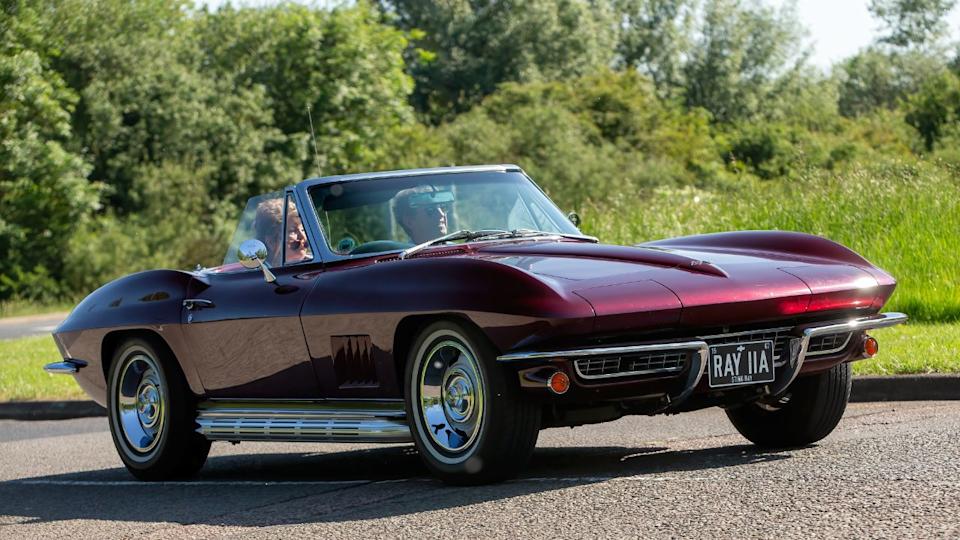
This is the stuff of legend, whispered in hushed tones around campfires and engine hoists. Only 20 L88 Corvettes were built in 1967. Chevy actually told dealers not to sell it to regular people because it was so unhinged. With a factory rating of 430 hp (a "wink-wink" from GM — it was actually closer to 550 hp on the dyno), it was practically illegal for street use, demanding 103 octane race fuel and boasting no radio, no heater, and no fan shroud.
The L88 engine used a monstrous 12.5:1 compression ratio, a huge 850 CFM Holley four-barrel carburetor, and heavy-duty components designed for pure racing. It’s the car your parents warned you about, the one that smelled of burnt rubber and victory. Just standing next to it feels like trouble, like a coiled spring waiting to explode. It’s a wild machine that doesn't just dare you to try; it dares you to survive.
1968 Corvette C3: The Birth of the Shark
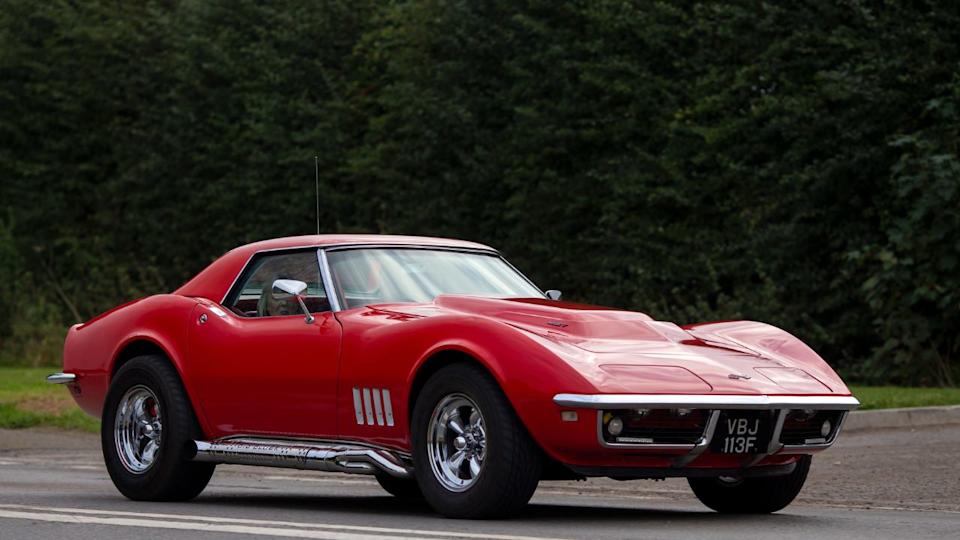
Long nose, impossibly swoopy hips, and an unmistakable profile — the 1968 Corvette C3 didn't need to be the fastest to be utterly unforgettable. Its aggressive styling, directly inspired by the Mako Shark concept cars, absolutely screamed muscle and ushered in an era of bold, predatory design that would last for years.
The C3's "T-top" removable roof panels debuted in 1968, allowing for open-air cruising without sacrificing structural integrity, quickly becoming a defining feature. Even parked, it looks like it’s moving, a coiled spring ready to pounce. You can’t walk by it without doing a double-take, a triple-take, and then probably muttering something about wanting one. It's the one that made generations of car guys fall head-over-heels for the shape, a true design icon.
1969 Corvette ZL1: The Million-Dollar Corvette
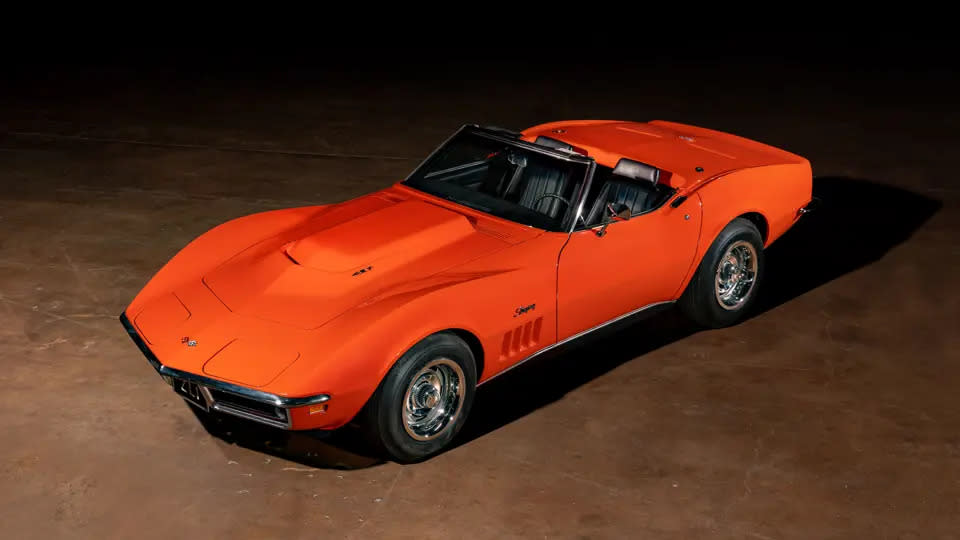
If the L88 was rare, the 1969 Corvette ZL1 was practically a ghost. Featuring an all-aluminum big block engine, this was a factory race car disguised (barely) as a street car. Only two confirmed production ZL1 Corvettes were built, making them rarer than a cheap date at Pebble Beach. To this day, it will set you back a cool $3 million at the very least. This was peak Corvette insanity — a car so powerful the factory basically hoped no one would actually order one because they knew it would be a handful.
The ZL1's aluminum 427 cubic inch V8 weighed roughly 100 pounds less than the cast-iron L88, improving handling. Officially rated at the same 430 hp as the L88 (again, with that knowing wink), it actually made closer to 560-580 hp. It’s less a car and more a legend, a whispered tale among those who understand true automotive madness. Just hearing about it gives you goosebumps; it's the kind of car you brag about just seeing once in your lifetime.
1970 Corvette LT-1: The Small Block That Could
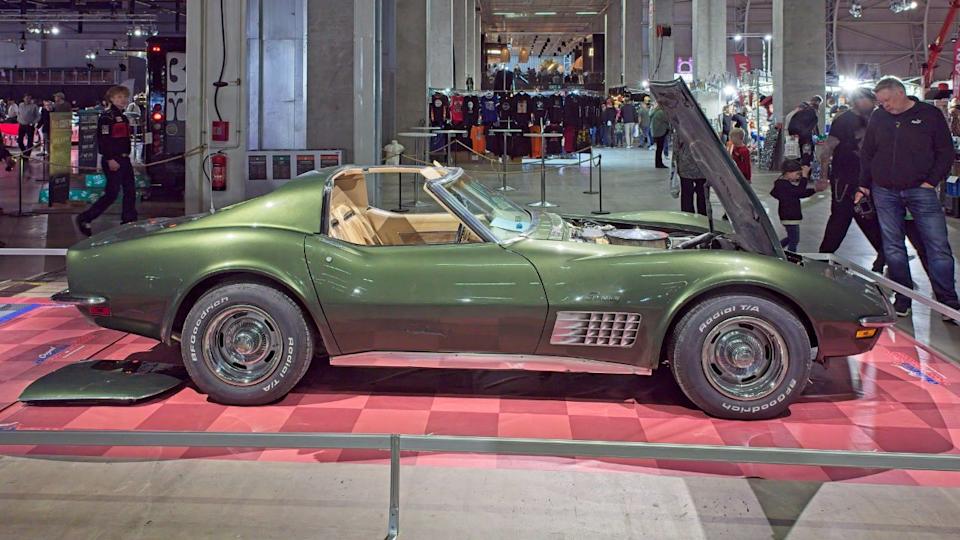
In the rapidly closing window, before emission regulations and rising insurance premiums started to choke the muscle car era, the 1970 Corvette LT-1 was a shining beacon for purists. This was a high-revving, raw, small-block marvel, officially rated at 370 horsepower from its 350 cubic inches. The LT-1 could hit 60 miles per hour in 5.3 seconds and reach 137 mph.
The LT-1 featured a solid-lifter camshaft, a high-compression ratio (11.0:1), and a large Holley carburetor, allowing it to rev freely to 6,500 RPM. It was lightweight, nimble, and meant to be driven like you stole it — or at least like you knew what you were doing with a stick shift. It begged you to push it just a little harder to find that sweet spot in the rev range. Every time you got out, you were grinning, covered in a fine mist of exhaust fumes and pure joy. It felt like it was always up for a good fight, a proper rumble.
1978 Corvette Indy Pace Car Edition: The Collector’s Darling
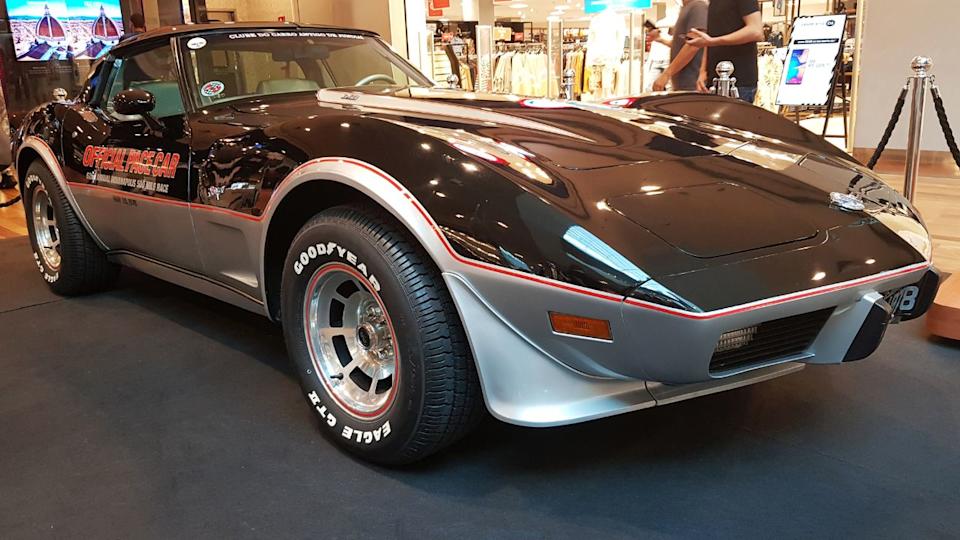
Was the 1978 Corvette Indy Pace Car Edition the fastest Vette ever? Nope. Did it break any performance records? Not exactly. But it had flair! With its distinctive black and silver two-tone paint scheme and unique spoilers, it was a rolling Bicentennial time capsule. It was wildly overhyped at the time (dealers were selling them for massive markups), but now, it’s a beloved slice of late-‘70s Corvette nostalgia, embodying the disco era's love for flashy appearances. And the price has calmed down just a little, ranging from $30,000 to $35,000 in most cases.
Chevrolet produced 6,502 Pace Car replicas, one for every Chevrolet dealer in the U.S. Each came with a unique VIN sequence. It’s got that retro charm that pulls you in, like finding an old photo album from high school. It’s not about speed; it’s about the story, the memories, and the sheer audacity of '70s styling. It’s a car that brings smiles (and maybe a few groans about the disco era) at every car show. But whatever, this car still gives us night fever, and we'll always find a spot for it on the floor.
1982 Corvette Collector’s Edition: The Final Curtain
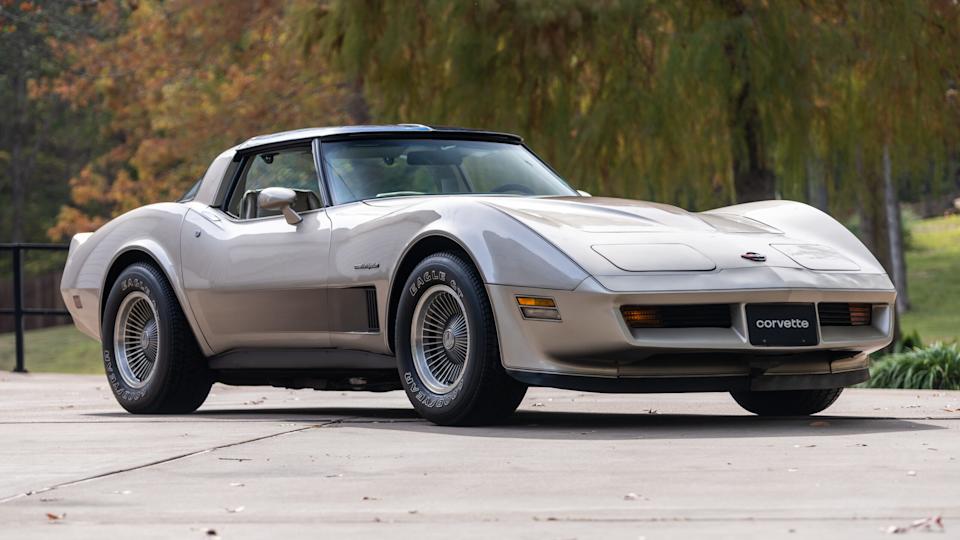
As the last hurrah for the long-running C3 generation, the 1982 Corvette Collector’s Edition offered a bittersweet farewell. It featured a unique hatchback design (a first for Corvette!) and the infamous "Cross-Fire Injection" system. Critics might have poked fun at its relatively low power output (a "whopping" 200 hp from its 350 ci V8), but this limited-edition silver-and-beige beauty became an '80s garage queen classic.
This was the first Corvette to exceed its original MSRP as soon as it hit showrooms, becoming an instant collector's item due to speculation about its rarity and the end of the C3 era. It’s got that pure '80s cool factor, like a perfectly curated mixtape on wheels. It’s less about raw performance and more about the vibe, a quiet legend for those in the know who appreciate its place in Corvette history.
1984 Corvette C4: The Sharp Turn
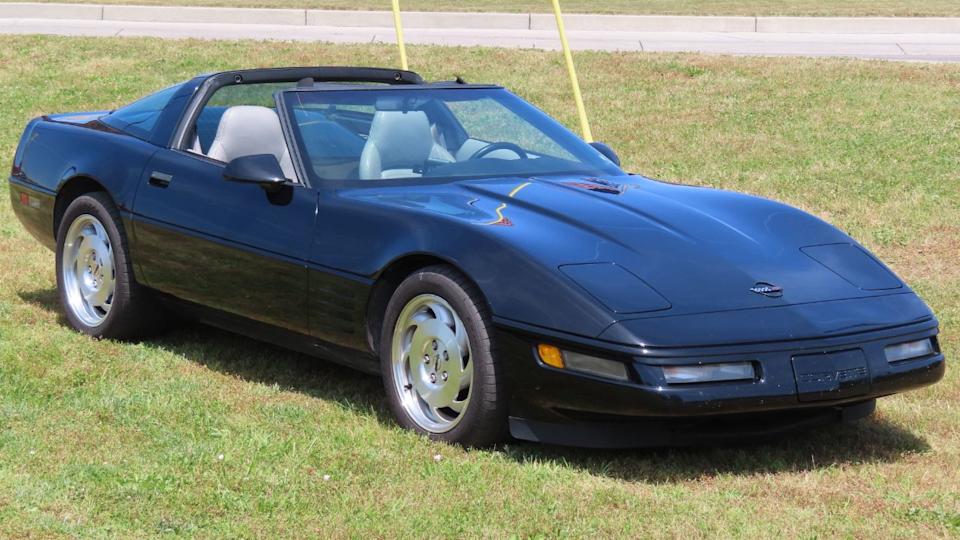
After years of evolving style and shifting performance standards, the Corvette entered the 1980s ready for reinvention. The 1984 C4 was a major leap into the future. With sharp, modern lines and a sleek aerodynamic profile, it introduced a bold new design language for America’s sports car. A drag coefficient of just 0.34 and innovative “uniframe” construction provided it with the rigidity and focus necessary for serious performance.
Inside, the digital dash and squared-off controls dripped pure ’80s rad vibes, yet it was still unmistakably a Corvette. The ride was firm, the handling precise, and the whole experience had edge and attitude.
Today, it makes you want to blast a cassette tape and hit the highway.
1990 Corvette ZR-1 (C4): The King of the Hill

When the 1990 Corvette ZR-1 (C4) arrived, it wasn't just a hopped-up Vette; it was a supercar-like sports car that shocked the world. With its exotic, LT5 engine that Lotus helped developed (a monstrous 32-valve, dual-overhead-cam aluminum V8), it unleashed 375 horses in 1990 — numbers that were reserved for exotics twice its price.
The ZR-1 famously set three world endurance records in 1990, including covering 5,000 miles at an average speed of 175.885 mph! It was so fast and refined that it quickly earned its nickname: "The Corvette that could chase Ferraris for half the price." It’s the car that made people double-take, then do a triple-take, then pull out their checkbook. Even today, it just feels special, like a finely tuned instrument of speed. It still makes your pulse race just sitting behind the wheel.
This model paved the way for the upcoming 2026 ZR-1, which has a top speed of over 233 mph and is being coveted as a supercar killer.
2001 Corvette Z06 (C5): The Street-Legal Track Monster
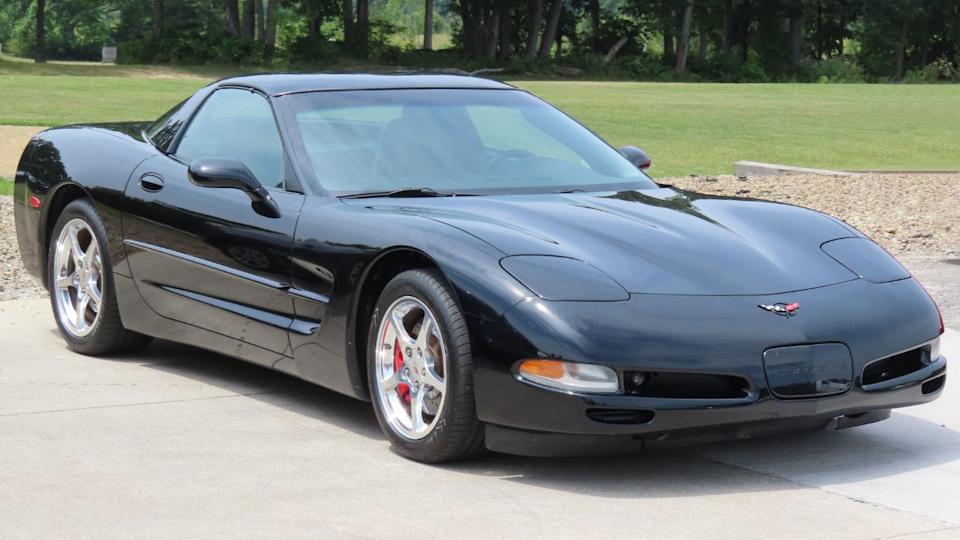
The C5 Z06 is a bit too new to be considered a classic, however its too awesome to leave of the list.
If you wanted a track car that you could still drive to the grocery store, the 2001 Corvette Z06 (C5) was your answer. Lightweight, laser-focused on performance, and packing a serious punch, this was the Vette that finally made European brands sweat. It marked a true return to the Corvette's performance roots, bringing it squarely into the modern era.
The C5 Z06 used a unique fixed-roof coupe body for increased rigidity and lighter weight (it weighed only 3,118 pounds). Its LS6 engine initially produced 385 hp (later 405 hp), pushing it from 0-60 mph in under 4 seconds. It’s just pure, unadulterated, fun, the kind of car that makes you find excuses to drive it, even if it's just to get more milk. You don't park it; you play with it, pushing its limits and grinning like a lunatic the whole time.
Final Lap
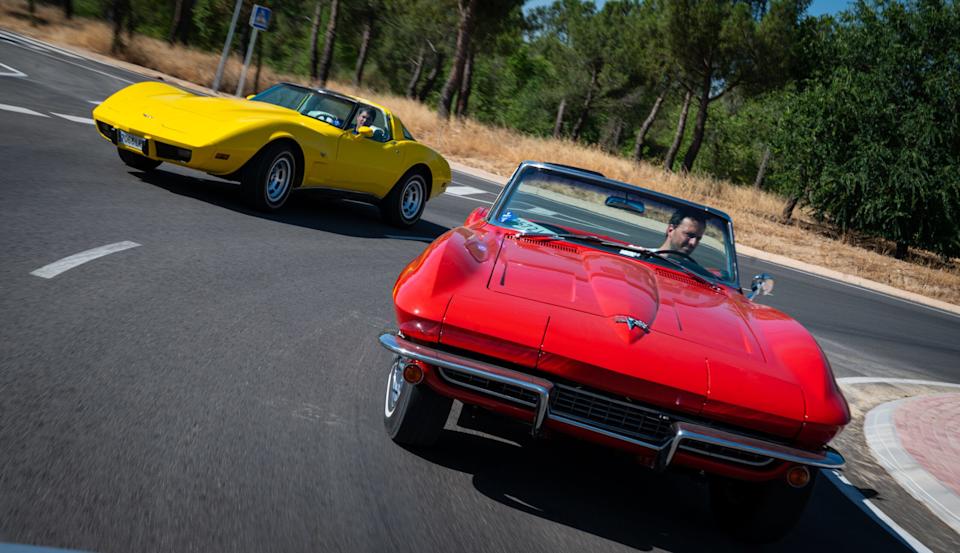
At the end of the day, the Corvette has always been more than just a car. It’s a piece of who we are — a symbol of freedom, speed, and maybe a little bit of showing off. These aren’t just machines; they’re time capsules, each one capturing a moment when the Corvette made us dream a little bigger and drive a little faster.
Sure, people will always debate which Corvette really deserves to be called "the best." And honestly? That’s part of the fun — the endless bench racing and heated discussions over a cold beer. Whether you’re loyal to the classics that defined the '50s and '60s, in love with the big-block monsters that inhaled asphalt or secretly have a soft spot for those quirky '80s models, we all stop and look when a Corvette rolls by. You just do. It's an involuntary response.
That’s the thing about these cars. They don’t blend in. They don’t disappear into the sea of beige crossovers. They leave a mark, whether it’s in your rearview mirror as they blast past or permanently etched in your memory. So, which one of these legends holds a special place in your garage (or your dreams)?
Like our content? Follow us on MSN for more. Read More:

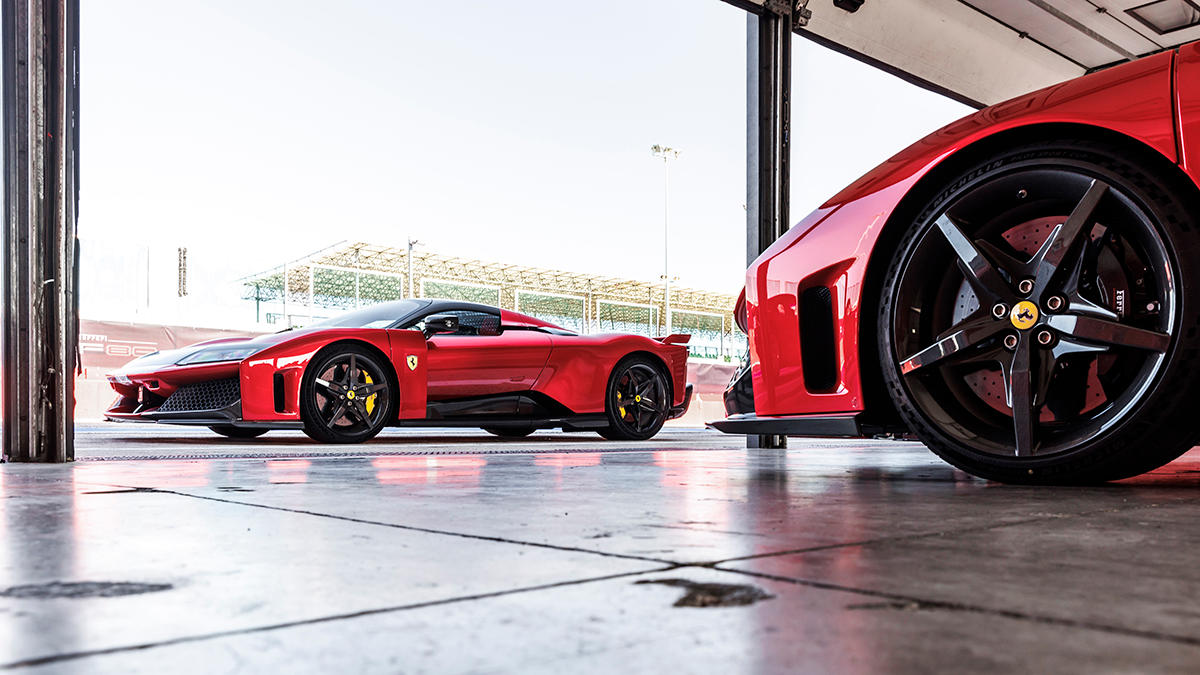
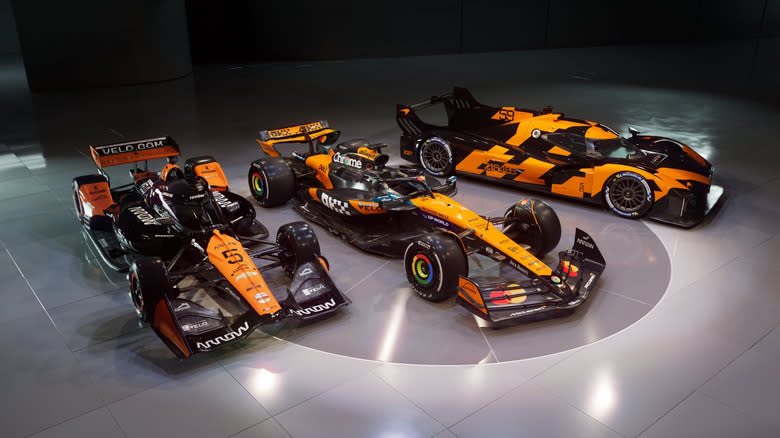
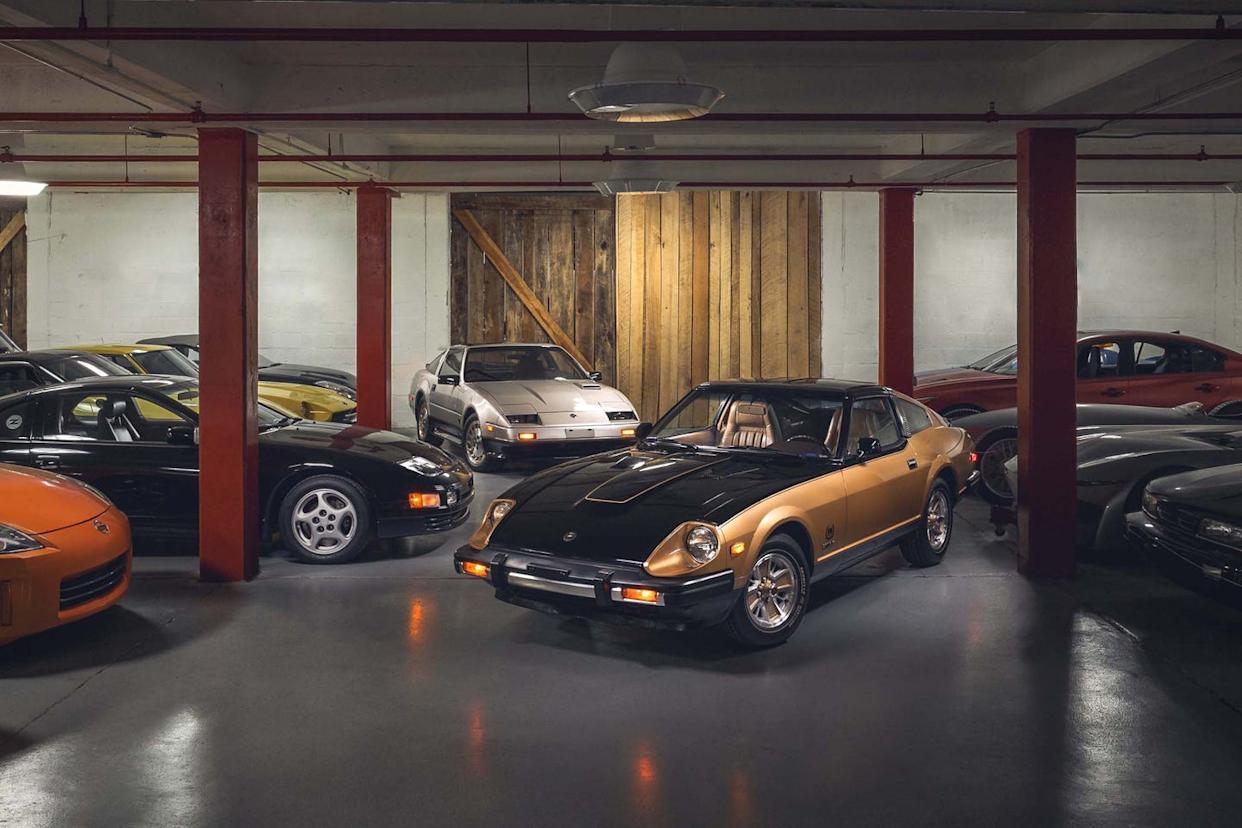
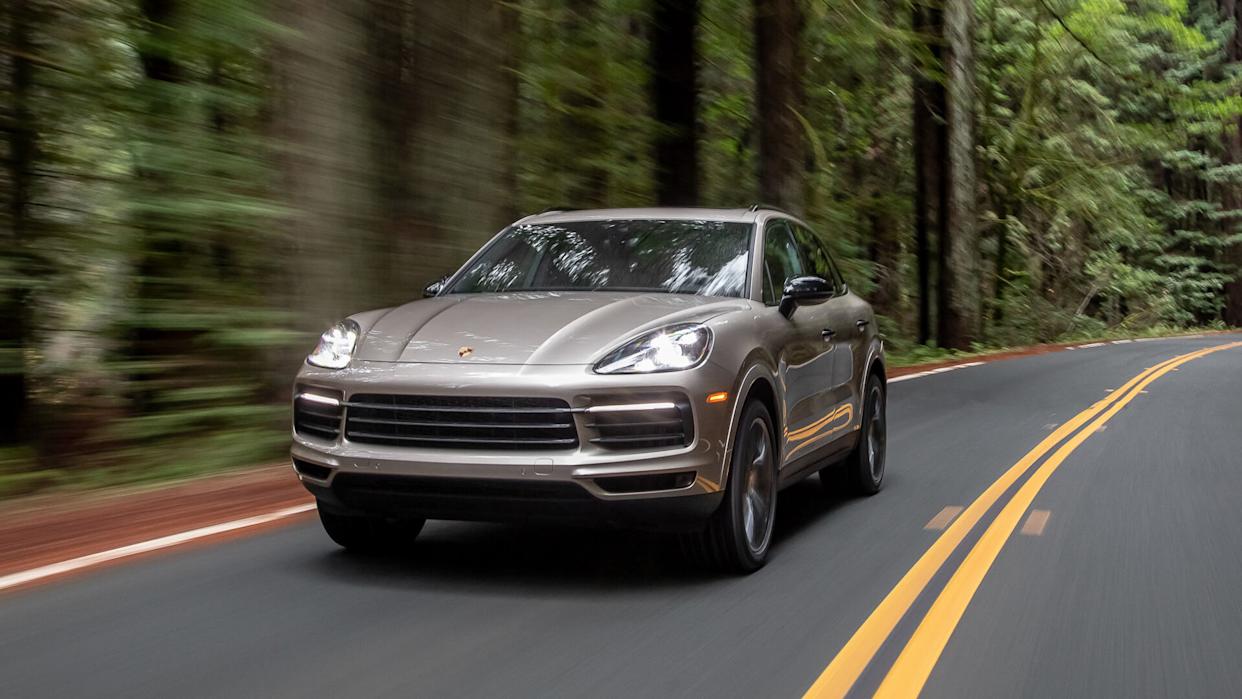
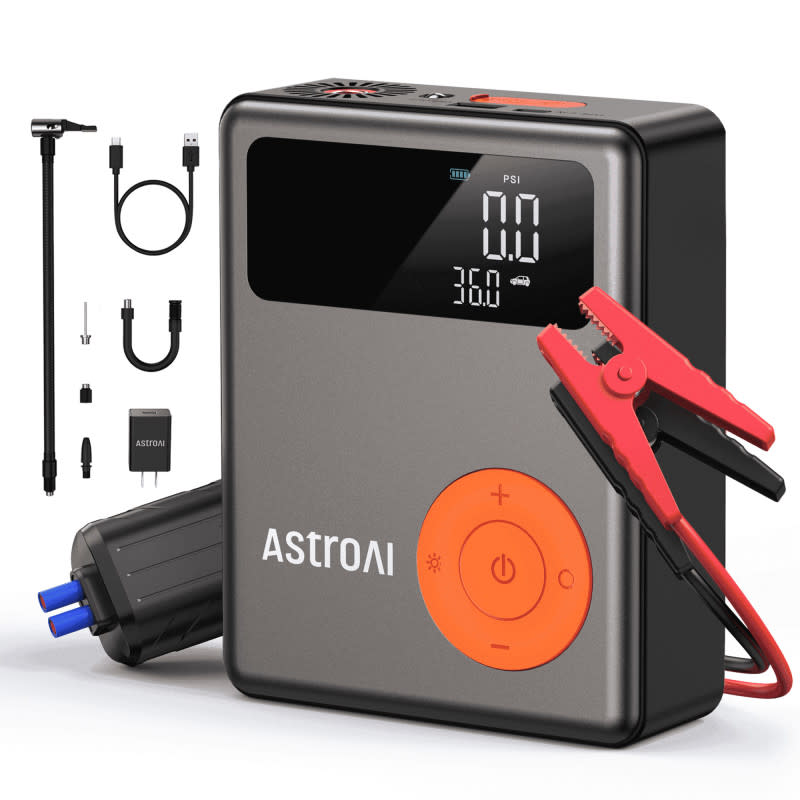
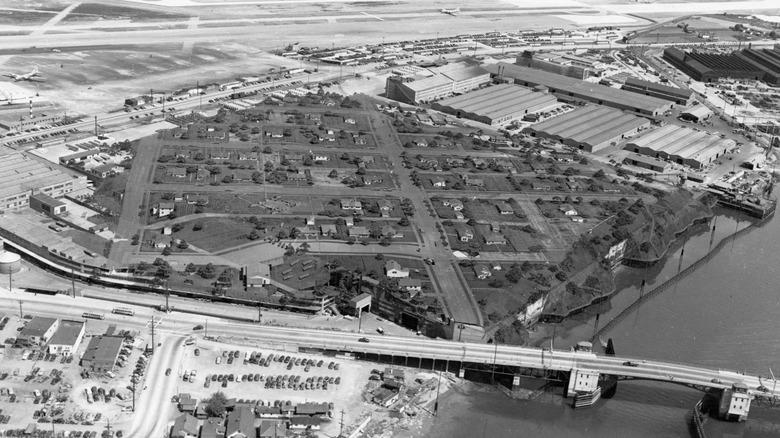
Comments